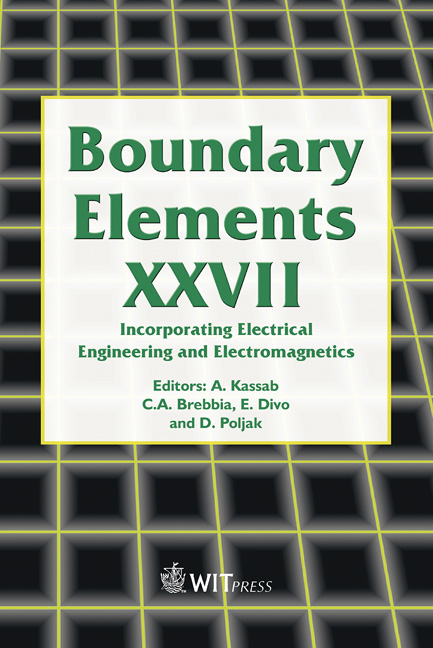Multi-sensor Method Of Producing A Material Independent Inductive Distance Measuring Device
Price
Free (open access)
Transaction
Volume
39
Pages
10
Published
2005
Size
449 kb
Paper DOI
10.2495/BE050661
Copyright
WIT Press
Author(s)
S. Johnstone
Abstract
In harsh industrial applications, it is often necessary to measure the distance between metal objects, e.g. to determine the shape of a steel strip. Due to the presence of hot steam, water and dirt, inductive sensors are typically used but they have to be recalibrated each time the target material is replaced or the sensor is moved laterally. This work investigates the use of the sensor system to reduce the effects of material property variations. This design also enables a lateral movement compensation algorithm to be applied, thus leading the way to a true target independent distance-measuring device. This paper investigates a novel method of compensating for the effects of material property variations on distance measurement using a sensor consisting of a permanent magnet and a 500 kHz eddy current device. This was achieved by producing empirical models for each of the sensor outputs. Results on steel samples transforming from the austenite to ferrite phase show that, for slow changing material variations of less than 3Hz, the error in the distance measurement can be reduced from 37% to less than 2%. Keywords: inductive sensors, distance measurement, non-destructive testing. 1 Introduction In harsh industrial environments such as steel mills, metal component fabrication plants etc it is often desirable to measure the dimensions of products and or actuators of machinery used in the process. Examples include measuring the profile of steel strip at speeds up to 12ms-1 or locating an actuator controlling the size of a mould used for casting steel products. Because the product is often at high temperature in these processes there are several factors which can affect the
Keywords
inductive sensors, distance measurement, non-destructive testing





